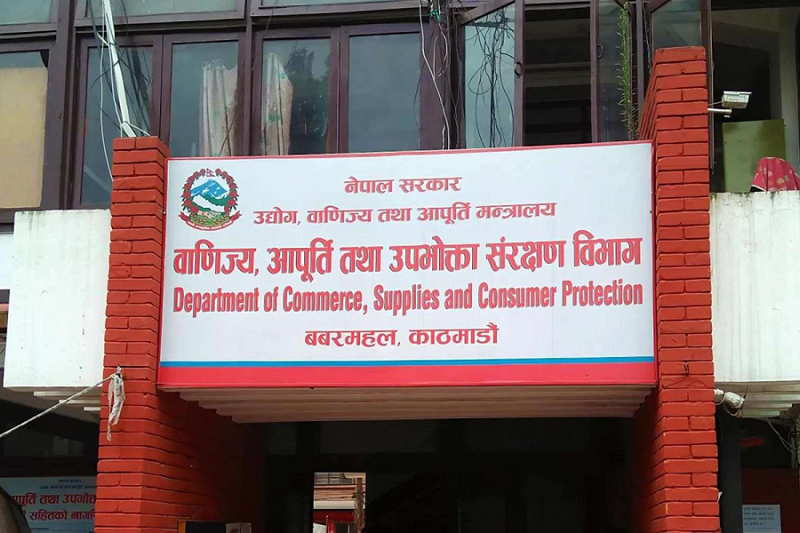Online Banking in Nepal vs. Traditional Banking in Nepal
30th August 2022, Kathmandu
Both traditional banking and e-banking have advantages and disadvantages and positive and negative aspects. Consumers can use both these types of services or one of them. The differences between traditional banking and eBanking are:
Traditional banking
In traditional banking, a consumer goes to a bank and opens a bank account, deposits money in a local bank, and avails of savings facilities. Consumers can withdraw money through cheques, counter payment, and bank drafts, and can use the money they have deposited. Consumers can tell their problems by meeting with the bank manager. Also, he can take a loan from the bank.
Traditional banking is also very organized compared to before. Various arrangements have been made to protect the savings of consumers. CCTV cameras have been installed in every bank to protect against thugs and robbers. Various security arrangements have been made with maximum expenditure.
No matter how much security is adopted, there are various disadvantages of traditional banking. First of all, there is more fear of robbery in traditional banking. Because there is a direct transaction of money, there is a fear of theft and robbery.
Opening and closing hours of banks are fixed. Therefore, in traditional banking, the time for taking banking services is also fixed. Consumers can avail of banking services only from 10 am to 5 pm.
eBanking
The concept of e-banking has been introduced keeping in mind the difficulties encountered while taking banking services from the traditional style. As the world is growing in the age of science and technology, the popularity of e-banking is increasing.
E-banking can also be understood as internet banking i.e. modern banking in which consumers get their bank account ID and password. With the help of their account ID and password, consumers can know the amount in their account from their home computer and mobile with the presence of the internet.
Not only that E-banking can also be used to pay bills and receive receipts from the Internet. In short, eBanking means electronic banking is a system of modern society with the help of which consumers can enjoy financial services at home.
E-banking is easier to use than traditional banking. Since you can protect your money without going to the bank, e-banking also saves time.
In addition, e-banking also protects the environment. For example, if you want to withdraw money from the bank or deposit money in the bank, then you have to go to the bank for which you need a vehicle. Excessive use of vehicles is certainly not considered good for the environment.
E-banking is also faster than traditional banking. There is no hassle of going to the bank and standing in line to deposit money, but you can deposit and withdraw money within five minutes using Internet Billing.
No matter how easy and convenient it is, e-banking also has its problems. There is a fear of hacking as financial transactions are done through the use of the Internet.
On the one hand, technology has made human life simple through e-banking, but on the other side of technology, negative things like hacking are also being produced, through which a large amount of money can be embezzled by finding the ID and password of another’s a bank account, i.e. by changing the password, the entire amount can be made one’s own.
Even though hacking can be discouraged by keeping a password that is difficult and difficult to hack, the technology to eradicate it has not been developed to date.








